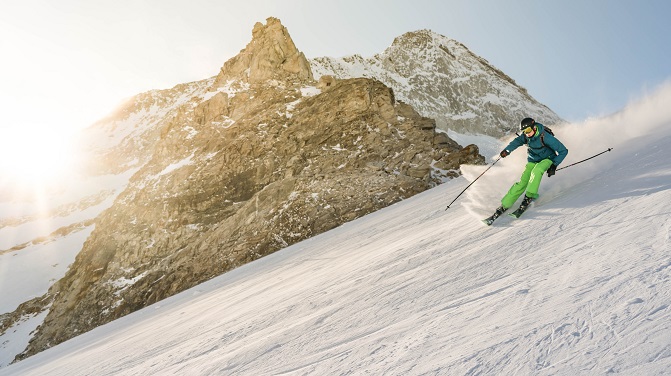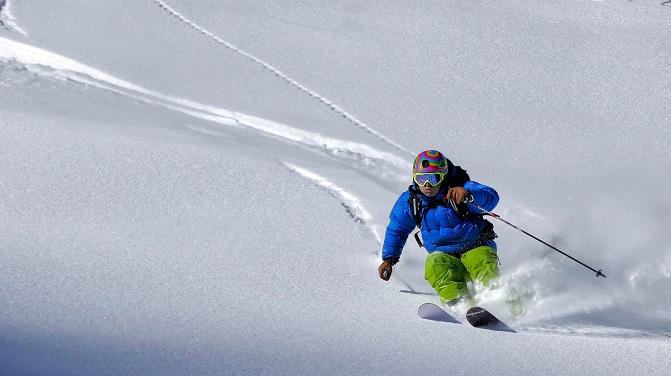Things to Consider When Choosing the Ideal Ski Pants
Just like any other type of sport, snowboarding and skiing also require the right type of equipment. Besides skis, footwear and jacket, one of the most important types of ski apparel are ski pants. They are a must-have as their main purpose is to keep you warm and comfortable when outside. Since keeping your lower body dry and protected is of vital importance, you should choose your winter pants wisely.
Except for choosing the right fit and size, the first and most important thing to consider is how waterproof the pants are. Generally speaking, ski winter pants should have a waterproof rating around 5000 – 20 000 mm, but the higher the number the better. However, not all ski pants have the waterproof rating specified, and this doesn’t mean that they are less waterproof than others. How waterproof your pants need to be depends mainly on the place where you’ll be skiing or snowboarding. For example, if it is a relatively warm and wet place, you will need pants with a higher level of waterproof rating, while dryer areas allow for wearing pants with a lower waterproof rating.
 When it comes to how much warm your pants should be able to provide and retain, this is something that varies from person to person a lot. How come? Well, since some people are more sensitive to cold than others, manufacturers have designed pants with different warmth levels. For example, the not insulated ski and snowboard pants are known for their ability to offer little warmth and they are designed for people whose legs do not get very cold. The insulated types of pants, on the other hand, feature a light low-profile synthetic insulation in order to add extra warmth. However, you can also choose to invest in unlined pants which are great for backcountry skiing.
When it comes to how much warm your pants should be able to provide and retain, this is something that varies from person to person a lot. How come? Well, since some people are more sensitive to cold than others, manufacturers have designed pants with different warmth levels. For example, the not insulated ski and snowboard pants are known for their ability to offer little warmth and they are designed for people whose legs do not get very cold. The insulated types of pants, on the other hand, feature a light low-profile synthetic insulation in order to add extra warmth. However, you can also choose to invest in unlined pants which are great for backcountry skiing.
A waterproof snow gaiter is another thing you should have in mind when shopping for ski pants as their main purpose is to keep snow out of your boots and lower extremities. A key rule to remember is that they need to be worn over your buckled-up or laced-up boots and never tucked inside them. Since there are different models, they may slightly differ in features like the types of hook or the hook opening, however, their main purpose still stays the same.

Vents are another thing to look for in such pants as they are designed to promote air circulation and temperature regulation which is of vital importance when skiing. They can range from mesh lined to unlined zips along the leg while the technical backcountry ski pants usually have full-length side zips for maximum ventilation.
Last but not least, seam taping is another key factor to consider when looking for the right type of snowboarding ski pants as this contributes to the pants’ waterproof level. Seams that are not covered with tape can surely allow moisture to get inside the pants.



